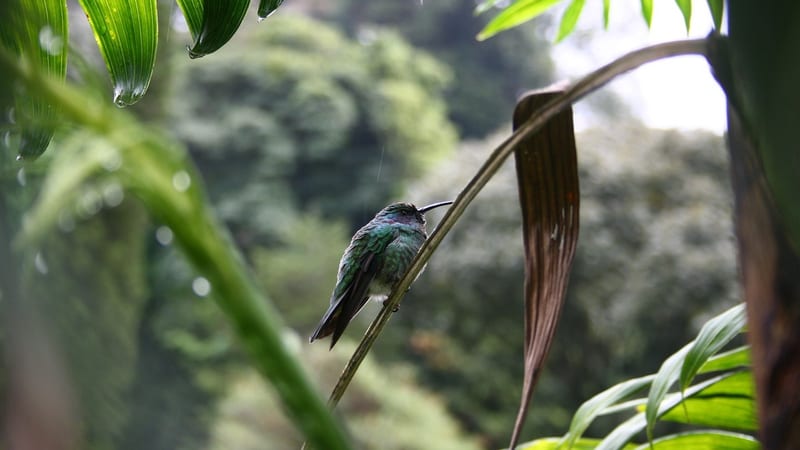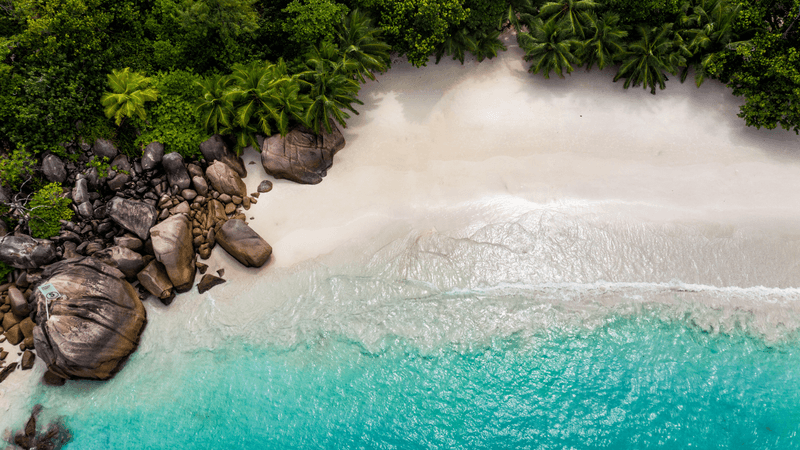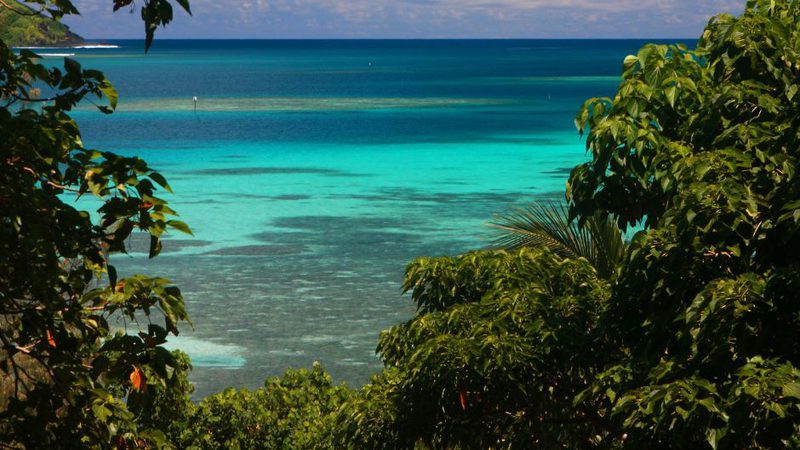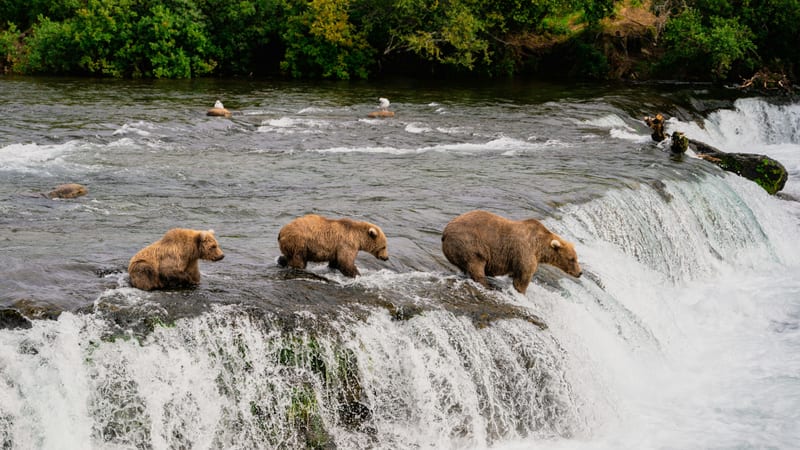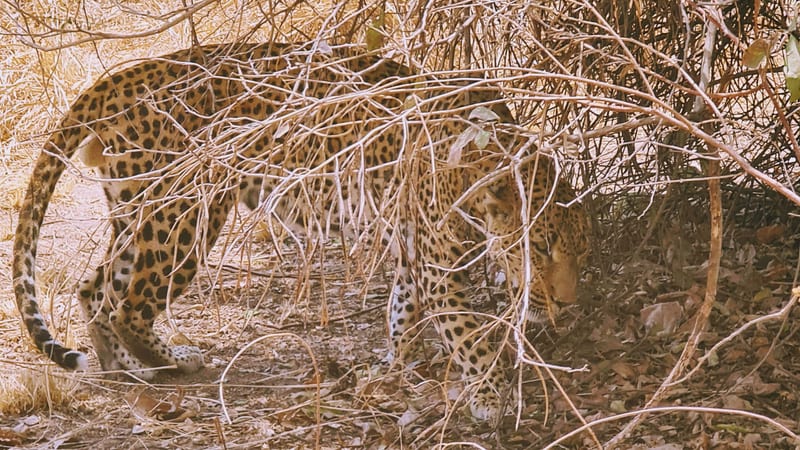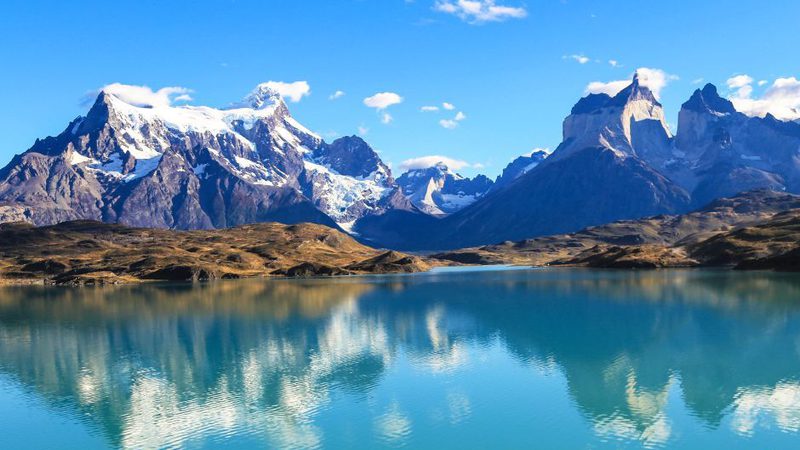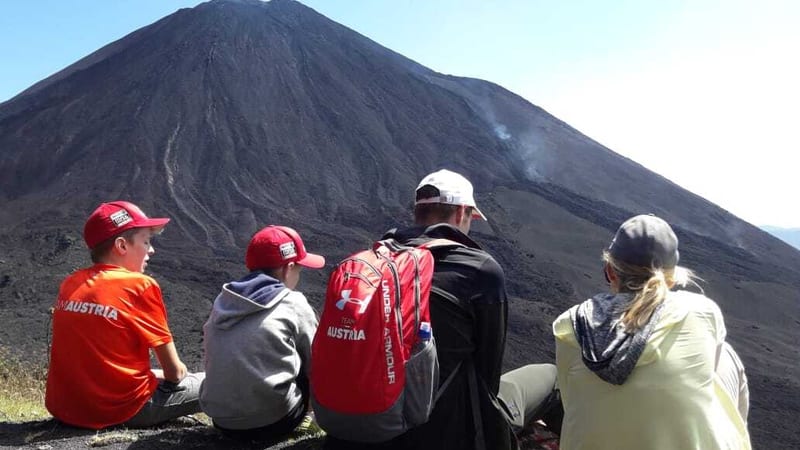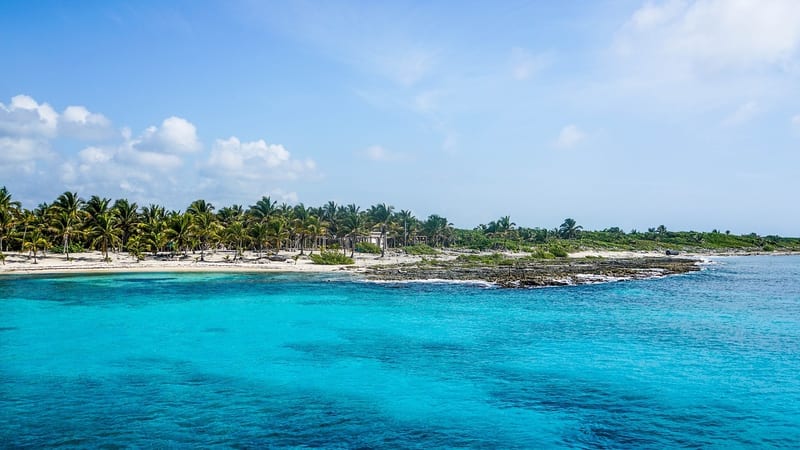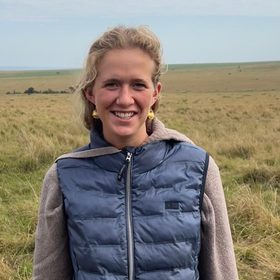Unique treehouse experience deep in Tarangire’s wild, untamed heart
Location: Tarangire Treetops is perfectly situated within Tarangire National Park, a lesser-known but spectacular gem in northern Tanzania. The park is famous for its huge elephant herds, ancient baobab trees, and seasonal swamps, creating a unique and diverse landscape that feels untouched and wild. Being inside the park means guests can wake to the sounds of nature right on their doorstep, with wildlife wandering close to the camp throughout the day. The location offers a quieter, more intimate safari experience compared to the busier northern circuit parks, yet it still boasts incredible wildlife sightings year-round.
Rooms: The camp consists of 20 elevated treehouse suites, each thoughtfully designed to blend rustic charm with comfort. Raised high above the ground on wooden platforms, the suites offer incredible privacy and unobstructed views over the surrounding savannah and woodlands. Inside, guests find spacious rooms with en-suite bathrooms, cosy bedding, and outdoor decks ideal for wildlife watching. The open-air design ensures a true connection with nature, while quality furnishings and thoughtful touches maintain a high level of comfort throughout the stay. It's a perfect balance of adventure and relaxation.
Amenities: Despite its remote setting, Tarangire Treetops delivers a strong range of amenities to enhance guest comfort. There is a central lounge and dining area built around a large ancient baobab tree, creating a stunning focal point for socialising and meals. A pool offers a refreshing break from the heat, whole a well-stocked bar serves local and international drinks. The camp's design incorporates sustainable features like solar power and water-saving measures without compromising style or convenience. Evening campfires and stargazing opportunities round off memorable days spend immersed in the African wilderness.
Activities: Guests at Tarangire Treetops enjoy access to a variety of safari experiences that showcase the park's incredible biodiversity. Game drives are the real highlight, with expert guides revealing the secrets of Tarangire's resident elephants, lions, leopards, and countless bird species. Walking safaris offer a more intimate connection with the landscape and smaller wildlife, while cultural visits provide insight into local Maasai traditions and lifestyles. Seasonal boat safaris on the nearby Tarangire River are another special way to explore the region, giving a fresh perspective on the wildlife and scenery.
Best places to stay in Tarangire
Tarangire Trip Inspiration
When to visit Tanzania
Find out the best time to visit Tanzania with our month by month guide.
- Best
- Good
- Mixed
- Jan
- Feb
- Mar
- Apr
- May
- Jun
- Jul
- Aug
- Sep
- Oct
- Nov
- Dec
January
January is mixed when it comes to weather, temperatures rise whilst the chance of rain and humidity increases. It is still a good time to go, as the rates are lower yet the game viewing is still excellent.
- During this time migratory herds are in the Serengeti for calving season, meaning the Ndutu plains are busy.
February
The weather remains hot with a chance of rain in February.
- Meanwhile in the Ndutu Plains the migration is still occurring.
March
March is the calm before the storm, before heavy rains and humidity builds. Visitors can take great advantage of lower rates during the low season.
- Migrating herds start to leave Ndutu, heading West towards Grumeti.
April
April experiences continued periods of heavy rain, we would advise against travel due to the conditions.
May
During may there is periods of heavy rain, we would advise against travel due to the conditions.
June
June heralds the wet season, bringing lush green vegetation which can make spotting game more difficult. It is a particularly great time for birders as parks become populated by migratory birds especially in the South.
- Migration is still in the Grumeti area, heading north.
July
July is the start of peak season, temperatures reach up to 30 degrees and the surrounding land becomes drier and spotting game is becoming easier.
- The migration is in the Northern Serengeti moving towards Kenya.
August
August is peak season, with bush land drying out game spotting becomes much easier. If you want to experience Tanzania game at its best, August is the time to travel.
- The migration still remains in the north.
September
Peak season continues in September, the Northern circuit can be very busy, if you want to avoid crowds it's best to visit the southern parks.
- The end of the migration is still in the north with herds on both side of the Kenyan and Tanzanian borders.
October
Peak season continues into October with good game viewing in the Serengeti and southern parks.
- The migration has now crossed over into Kenya.
November
November is the start of the rainy season, the rains tend to be overnight so it is still a popular time to travel. During this month you can take advantage of low season rates.
- Migration crossing over into the Serengeti can be seen a the Tanzania and Kenya border.
December
Rains continue in December, whilst the temperature and humidity start to build. Venturing out on safari is generally good, with large game still easily spotted.
- Migrating herds in the north travel south back to Ndutu.
Speak to a Tanzania expert today
and start planning your tailor-made holiday

Alistair





